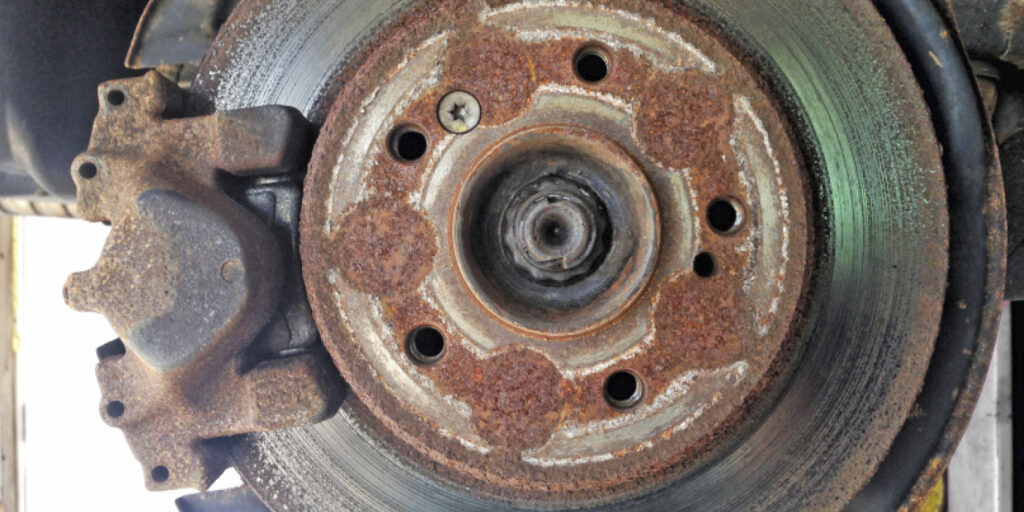Audi active shocks and struts usually go unnoticed, until there is a problem or when a message is sent to the instrument cluster indicating there is a fault with the system. Swapping parts on these systems and using guesswork to diagnose a problem will usually result in an angry customer and an annoyed parts supplier. The key to servicing these systems is proper information and understanding precisely how these systems operate.
Active Dampeners
On old, electronically adjustable systems, there was typically a small stepper motor on top or on the side of the shock or strut that changed the size of the orifices in the piston or at the base.
Most new systems use coils and/or magnets, sometimes called actuators or pulse motors, to adjust rebound and compression in real time. The internal components are non-serviceable. But, on some units, the pulse motor or actuator is serviceable. Do not replace an actuator in the hope of resolving an issue. Take the time to check the actuator and the connector with a meter to see if there is an open or short circuit, or if the signal voltage is present.
When the valves are actuated, the orifice changes size to control fluid flow under a variety of conditions, including bumps or body roll.
MagnaRide was used on some mid-2000s Audis. These struts use electricity to change the viscosity of the fluid. MagnaRide has no mechanical valves or small moving parts that can wear out (but the seals can go bad).
The dampers are filled with magnetorheological fluid, a mixture of easily magnetized iron particles in a synthetic hydrocarbon oil. In each of the monotube dampers is a piston containing two electromagnetic coils and two small fluid passages through the piston. The electromagnets are able to create a variable magnetic field across the fluid passages.
Just like normal shocks and struts, they can develop leaks around the shaft seal, and the piston seal can wear. But physical damage is the main destroyer of active dampeners. And, like conventional shocks and struts, the springs and bushings must be in good condition for the unit to perform to its full potential.
Vehicle Networking
Most electronic suspension control systems with active dampeners independently control the four units in order to change the vehicle’s ride characteristics and overall stability. Most active ride control systems have their own module that might also control the air ride system. This module will reside on one of the higher speed serial data buses so it can work with the stability control module.
Systems need information like vehicle speed, steering angle and readings from the yaw and accelerometer to measure the spring mass. The stability control module typically shares this information over a serial data network.
If there is an issue with the network and the modules can’t communicate, you may have codes from the ride control system, along with the communication codes. And, your scan tool might not be able to see or talk to the modules.
Sensors
For an electronically controlled active damping system to work, it must be able to read the road. Most systems use a Hall effect sensor that measures suspension displacement. Some more advanced systems use accelerometers, often known as vertical G sensors, mounted on top of the strut or shock tower.
These sensors can help the system interpret body motion and bumps and translate them into changes in the dampening. The sensors and other information can determine if the suspension movement is just the body leaning, or is the result of the vehicle hitting a pothole.
It is up to the control module to analyze and filter the information to determine the proper dampener setting in real time. Like all modern automotive systems, these sensors can fail, set codes and will require calibration, if they are replaced.
Diagnostics
The most common complaint from customers who are experiencing active ride control issues is nose-dive during braking. Some may notice a harsh ride. But, a warning message is what will bring them into the shop.
The problem with most systems is that the modules do not have set monitors that can set and produce hard codes. The system will clear the code on the next key cycle, or after the vehicle has been turned off after a specific amount of time. However, the light will stay on if a sensor or actuator is open, shorted or out of range.
If you have a vehicle in your shop with active ride control, you have to look not only at the dampeners, but the entire system, as well. If there is an ABS or stability control light on, these items need to be resolved before continuing with active ride control diagnostics. Simple items like a brake pedal switch that is defective or out of range can cause a code to be set.
There are aftermarket replacement options for active ride control units, as well as sensors and modules. If the value of the vehicle does not warrant the cost of an expensive repair, passive units are also available.














